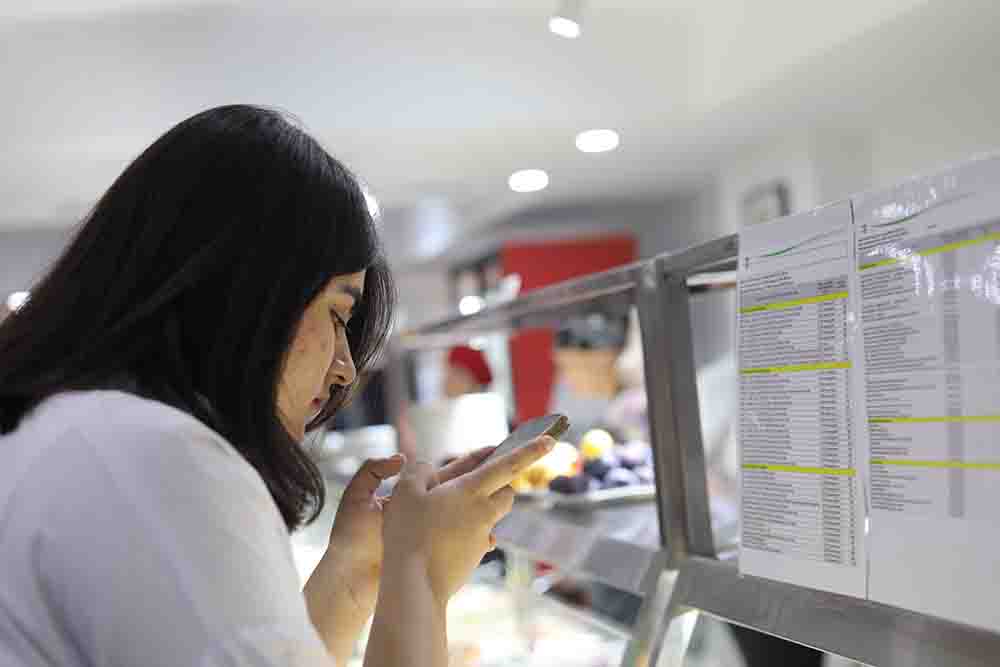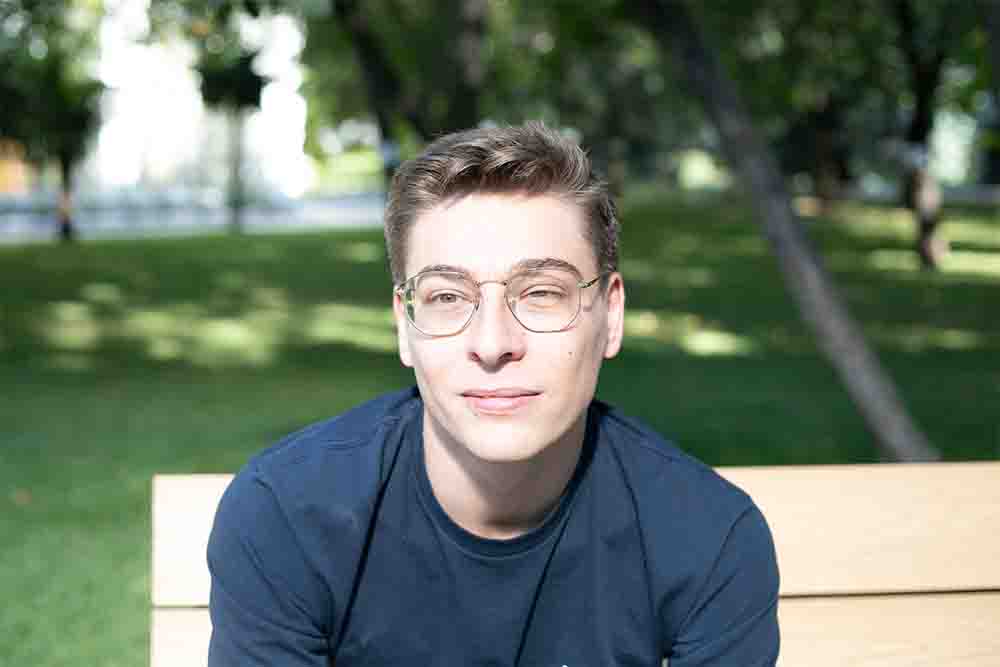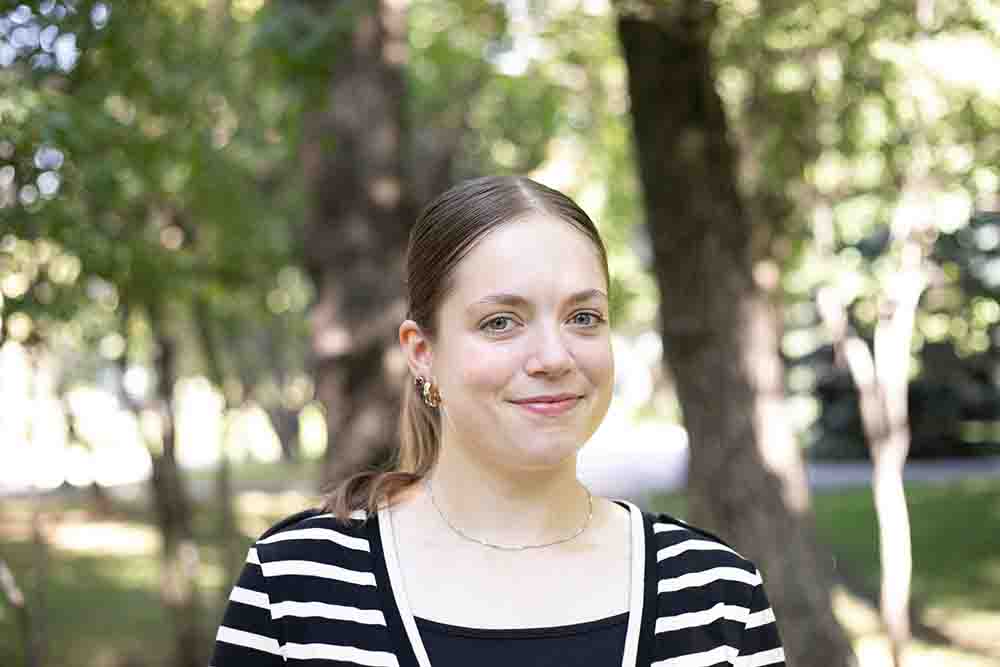How life changes when students choose KIMEP for semester abroad?
Every semester, there is time on the campus when everyone talks about the exchange program. Students rush to professors asking for recommendations, try to find certificates to prove their active student life, and search host universities on the Internet to learn more about their programs, campus view, and travel expenses.

The KIMEP International Office has received 278 applications this year, said Aigerim Rakhimbayeva, the International Office Coordinator. The most popular destinations are Korea, France, Norway, the Netherlands, the United States, the United Kingdom, and Singapore.
KIMEP University has partner universities in 39 countries, among them only three countries students have not visited: India, Pakistan, and Tajikistan.
According to the International Office’s data, the most expensive country to go to exchange is the USA. It can cost approximately up to $12,000, which includes living expenses, meals, in-city transportation, and accommodation. The cheapest destination is Eastern Europe — up to $5,000.
Moreover, KIMEP is hosting 39 foreign students for this semester, from Denmark, Korea, Germany, Pakistan, China, Russia, France, Spain, Kyrgyzstan, Singapore, Switzerland, Netherlands, Norway, UK, Slovenia, and Sweden.

As students usually tend to choose developed countries for an exchange program, coming to Kazakhstan may seem like an out of the ordinary choice.
“Some members of my family were surprised by this unconventional choice while others encouraged me,” said Mattia Belleri, a master’s student, who is an Italian studying in Spain. “I am lucky to have the trust of my family as none of them opposed or criticized this decision.”

“They did not react very nicely to my decision to go to Kazakhstan,” said Wajeeha Mohsin, a third-year student, from Pakistan. ”They thought that it would be unsafe. And anybody who heard about this would say that it was an unsafe country and I should have rethought my decision.”
“In my country, not many people travel to Kazakhstan,” said Mie Laura Bech Madsen, a third-year student from Denmark. “Therefore, my surroundings were both surprised and excited about my stay here.”

All three said Almaty fulfilled their wanderlust, while for some also testing their language skills.
“My major is East European Studies, which also covers the Central Asian region, so it is relevant for me to study here and learn more about Central Asia and Kazakhstan,” said Madsen. “We also learn Russian, and, here, we have good opportunities to practice it. Kazakhstan is different and something new from what I am used to in Europe.”
“I believe that for my studies (International Relations), it is important to travel and see other cultures,” said Belleri. “I took this opportunity to study in an often undervalued region. Moreover, I studied the Russian language at school and would like to take advantage of my time here to practice it.”
“I thought this was a destination that I would not usually go to,” said Mohsin, who is studying journalism. “This is an extremely new place for me where I don’t know anybody or anything about it. So I thought that it would be a good experience for me to explore it.”
Beyond courses, KIMEP also offers accommodation in the on-campus residence halls, which the exchange students said come with a comfortable bed and a host of potential friends.
“The dorm is nice and tidy, it also allows me to get to know more people, otherwise it would be difficult as an exchange student,” said Belleri.
“At first, I thought it was too small but then I realized all rooms are like that, so I am good with it now,” Mohsin said.
While enjoying their time here, there have been some bumps along the way.
“My start here was not ideal,” Madsen said. “This is because I spent my first days recovering from some kind of food poisoning. I went to a hospital and was told that it was either food poisoning or a process of getting used to everything new.”
“I also spent some time getting used to the climate here,” she said. “My country, Denmark, is in the north and surrounded by the sea, therefore the summer in Kazakhstan is warmer and the air is a little different.”
“One thing I’ve got to get used to is the food,” Belleri said. “It is not even bad here, it’s simply a challenge I face every time I leave Italy. I’ve already tried plov and shashlik. They’re very good.”
“There are a lot of cultural differences that I have with people here in Kazakhstan,” Mohsin said. “Making new friends and talking to people has been a little difficult because of the language barrier as well.”
“Also, I think I should not be disliking it, but one thing I dislike is that they don’t have any English labels on their products in the grocery store,” she added. “However, I realize that it’s my fault that I don’t know the language.”
But a few fits and starts haven’t dissuaded any of these students in their temporary home.
“The university itself offers many possibilities for students to join the community, for example, different free sports clubs which I already participate in,” said Madsen adding that the exam structure here is much different than her native Denmark.
“It’s a little difficult to settle in at first,” Mohsin said. “But overall, it’s been a good experience so far, and I just love exploring new places and going on walks.”
“It is not so much different from being an exchange student anywhere else,” Belleri said. “I like the overall cordiality of the people, both in the dormitory where I was immediately welcomed, and in the streets where everybody was patient with me despite my incorrect Russian and non-existent Kazakh.”

